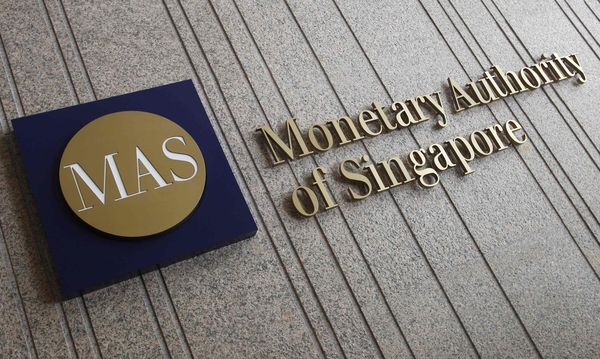XSGD Drives Singapore’s Retail Crypto Surge Amid Banking Concerns
The popularity of stablecoins has also risen during this period. According to a study, over 75% of the transactions involving the stablecoin XSGD from the third quarter of 2022 to the second quarter of 2024 were in amounts of $1 million or less, indicating robust retail activity. In fact, nearly 25% of XSGD transfers were below $10,000. This contrasts with other US dollar-pegged stablecoins, which are predominantly transferred in larger amounts over $1 million, pointing to their prevalence in institutional settings, as noted by Chainalysis.
In addition, the rise in crypto activity and stablecoin payments also comes amid concerns over the traditional banking system, as market expert Robert Kiyosaki recently highlighted.
Echoing the sentiments from the study about regulatory impacts on crypto markets, Kiyosaki emphasized the vulnerabilities within the traditional financial systems, particularly the overstretched bond market. According to him, the global economy’s heavy reliance on debt, manifested through bonds, is a precarious foundation prone to eventual collapse.
Kiyosaki further elaborated on the nature of market and banking crashes. He suggested that while market crashes are often visible and predictable, providing time for preparation, banking crashes are more insidious and consequently more hazardous. This perspective aligns with the heightened interest in cryptocurrencies in lower-middle-income countries, possibly as a hedge against traditional financial uncertainties.
Regulatory Clarity Boosts Singapore Stablecoin Adoption
The Chainalysis study showed the positive impact of regulatory clarity on investor confidence when it comes t0 Singapore stablecoin. In August 2023, the Monetary Authority of Singapore (MAS) enhanced its stablecoin regulations by introducing new requirements for issuers, detailing segregation and custody rules for customer assets. Further regulatory measures were implemented in April 2024, when MAS introduced additional crypto custody and licensing requirements.
These regulatory improvements coincided with a significant uptick in global crypto activity, which saw its index score soar to 0.8 in the first quarter of 2024 from 0.39 in the previous quarter. This peak was the highest recorded from the third quarter of 2021 to the second quarter of 2024. The launch of Bitcoin exchange-traded funds in the US also stimulated a surge in the total value of Bitcoin activity, particularly in North America and Western Europe.
Also, recently, Paxos received approval from Singapore’s central bank to offer digital payment token services, allowing it to issue stablecoins in compliance with local regulations. This clearance by the MAS designates Paxos as a major payment institution, placing it among a select group of entities within Singapore’s stringent financial regulatory environment. This expansion is expected to increase the global reach of US dollar stablecoins and reinforces Paxos’ presence in the digital finance sector, further supported by its partnership with DBS Bank for cash management and stablecoin reserve custody.

